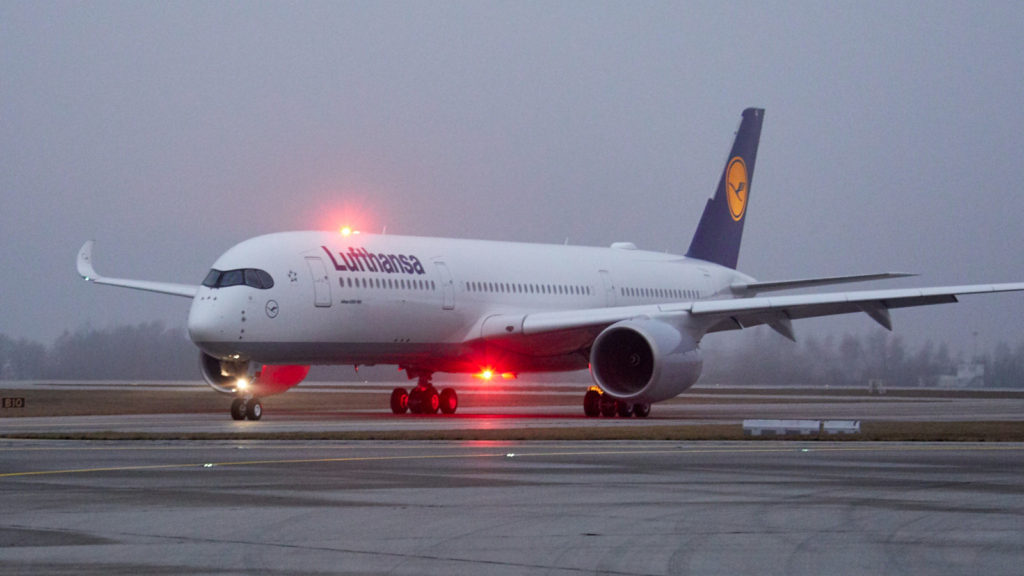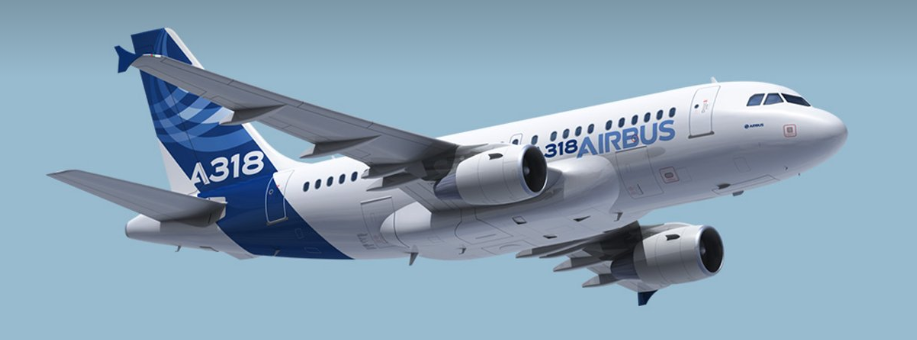Konnichiwa! All Nippon Airways Receives its Initial A380
ANA becomes Japan’s first carrier with Airbus’ double-deck jetliner and joins airlines that use A380s to serve the Tokyo Narita – Honolulu route Japan’s All Nippon Airways (ANA) today took delivery of its initial A380,…


